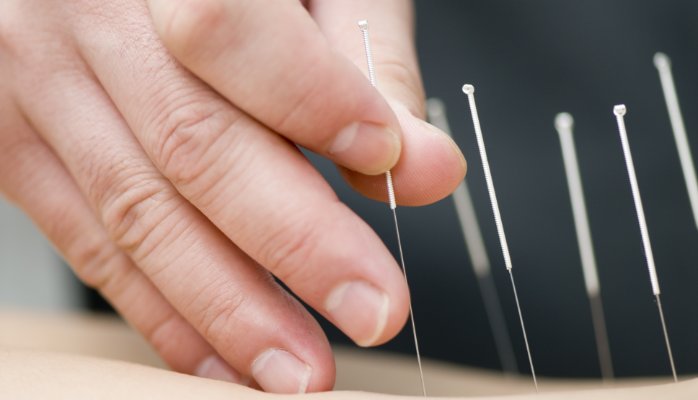Successfully identifying at-risk patients is a challenge facing many busy emergency departments today. These patients — who often suffer from substance abuse or mental health issues — need long-term care EDs aren’t equipped to offer. But in many instances, the treatment provided by emergency department staff and physicians is the only care at-risk patients receive, resulting in a revolving door of frequent ED use.
The first step to providing at-risk patients the care they need is to identify them as such. And for EDs looking to improve patient flow and reduce crowding, identifying at-risk patients is crucial. Connecting these patients with appropriate care providers in the community will lead to earlier diagnosis, ease access to treatment and increase the likelihood of a positive outcome for patients, all while reducing the odds of a return visit to the ED.
Here are a few ways staff can identify and initiate care for at-risk patients presenting to the ED.
1) Conduct surveys. Short surveys, though simple in approach, are an effective way for EDs to identify at-risk patients. For example:
The ED at the University of Michigan Medical Center instructs patients — following an initial screening process to determine eligibility — to complete a five-question electronic survey to screen them for eating disorders. This survey has proven successful in identifying patients who screen positive for a potential eating disorder and found many of these patients to be frequent users of their ED. Once identified, proper treatment can begin and lessen the likelihood of a return visit by these patients.
2) Create a risk assessment tool. Risk assessment tools built into existing electronic medical record systems are a great example of how existing technology can help identify at-risk patients. The Denver Health Medical Center ED uses such a tool to gauge a patient’s risk of HIV to determine whether or not they should be tested.
“The tool covers three demographic and five behavioral risk factors, each of which is assigned a point value, with the cumulative score reflecting the patient's overall estimated level of risk,” a report published by the Agency for Healthcare Research and Quality states. “A triage nurse administers the tool during the patient intake process and documents responses in an electronic tracking system that calculates the score in real time.”
And if the patient’s score suggests a moderate to high risk of HIV, then rapid HIV testing is conducted followed by counseling and links to ongoing treatment.
3) Develop a safety plan for patients. For those patients at risk of suicide, veterans especially, it’s important for EDs to have a suicide assessment strategy and intervention plan in place. Many VA hospital-based EDs have these plans in place, though it’s equally important for other EDs to consider. When veterans or other patients are identified to be at risk for suicide but don’t require an immediate intervention, a safety plan can be developed to help patients overcome their thoughts of suicide along with assistance connecting to community resources to lower the risk of suicide.
Do you have similar plans in place to identify at-risk patients and initiate the care? If so, comment below to share your experience or feel free to drop me a line.
SOURCES: Agency for Healthcare Research and Quality: “Emergency Department Uses Tool To Identify At-Risk Patients in Need of HIV Testing, Leading to Same Number of Newly Diagnosed Patients with Fewer Screening Tests.”
Agency for Healthcare Research and Quality: “Emergency Department Screening Identifies Many Patients With Possible Eating Disorders, Suggesting Potential to Facilitate Earlier Diagnosis and Connection to Treatment.”
Agency for Healthcare Research and Quality: “Emergency Departments Identify and Support Veterans at Risk of Suicide, Enhancing Their Access to Outpatient Mental Health Services.”




















